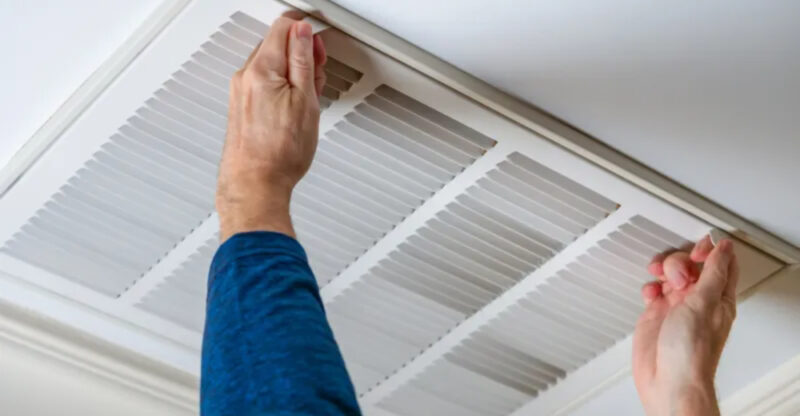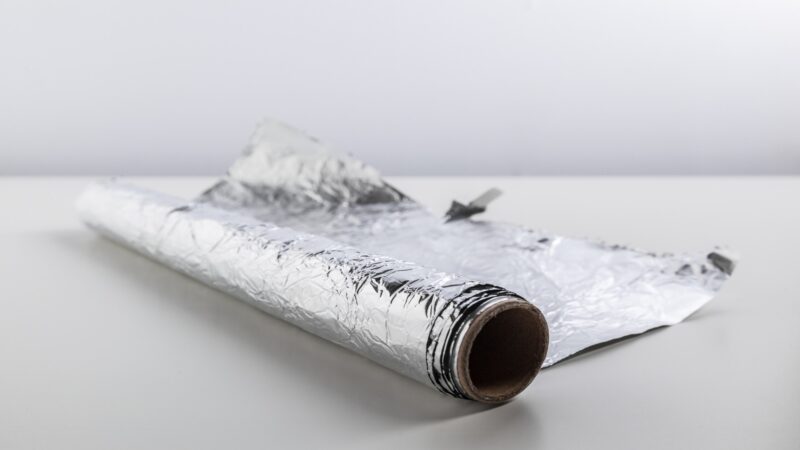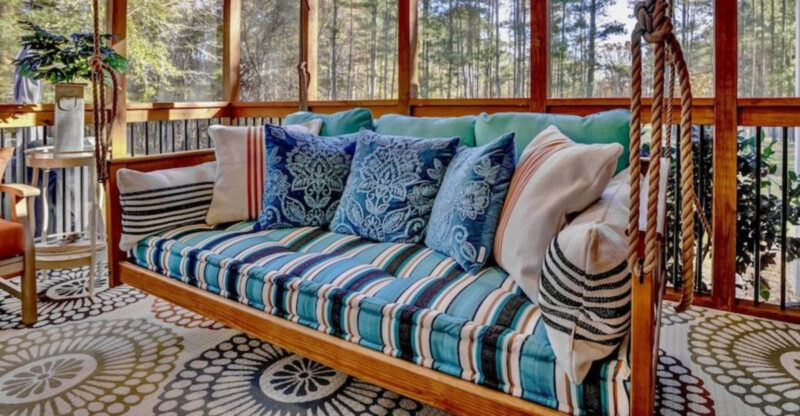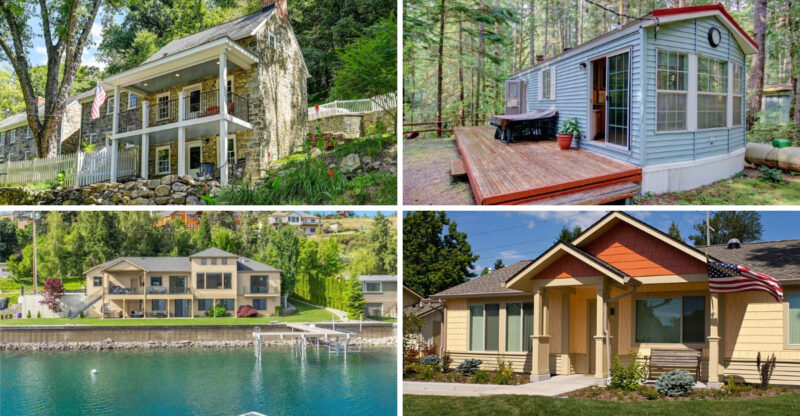13 Home Details That Can Show It’s Been Some Time Since Renovations
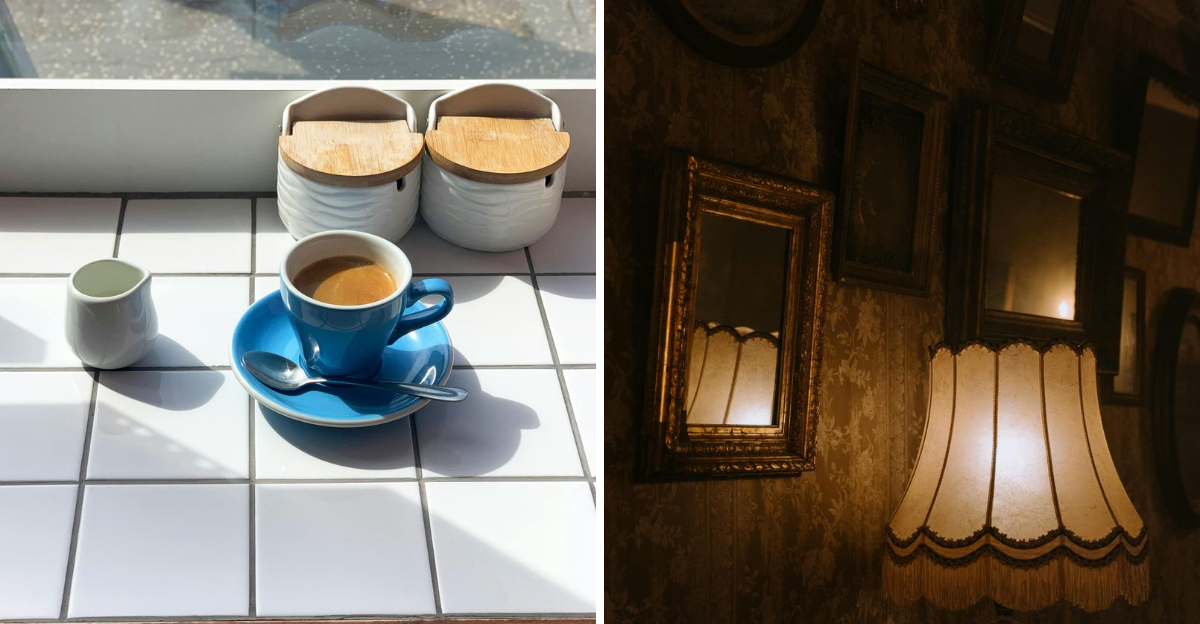
Homes tell stories through their features! And sometimes, the biggest giveaways aren’t the crumbling walls or avocado-green appliances. It’s the subtle, often overlooked details that truly whisper tales of decades past.
Take a closer look, your home might be telling you it’s time for an update.
This content is for informational purposes only and does not replace professional advice. Always consult experts before making structural or major home updates.
1. Pastel Bathroom Fixtures
Pastel shades once reigned supreme in bathroom design, with fixtures in pink, mint, and blue. These soft colors were seen as soothing and chic.
However, their retro vibe can clash with today’s preference for neutral and bold tones, making bathrooms appear old-fashioned. Replacing these fixtures can significantly update a bathroom’s appearance, blending style with modern taste.
2. Wood Paneling
Dark wood paneling instantly transports visitors back to the 1960s and 1970s. Once considered cozy and masculine, these walls now make rooms feel smaller and darker than they actually are.
Modern homes favor bright, open spaces with neutral wall colors. The good news? You don’t necessarily need to rip it all out-many homeowners successfully paint over paneling for an updated look that preserves some texture.
3. Brass Fixtures And Hardware
Shiny yellow brass doorknobs, light fixtures, and cabinet pulls scream 1980s and early 1990s. The unmistakable golden glow once symbolized luxury but now dates your home significantly.
Contemporary homes feature brushed nickel, matte black, or champagne bronze finishes. Swapping out these small details can make a surprising difference in modernizing your space without major construction. Hardware replacement is one of the most affordable updates you can make.
4. Fluorescent Box Lighting
Those large rectangular fluorescent light panels in kitchens and bathrooms were standard in homes built between the 1970s and 1990s. They cast an unflattering bluish light that makes everyone look sickly.
Modern lighting favors recessed can lights, pendant fixtures, or decorative ceiling mounts. Energy-efficient LED options provide better light quality while saving on electricity bills. Lighting updates dramatically transform the mood of any room.
5. Laminate Countertops
Speckled or solid-colored laminate countertops with visible seams and brown edging were standard in homes built through the 1990s. They were affordable and practical but lacked the luxury appeal of natural materials.
Current kitchens feature stone surfaces like granite, quartz, or marble. Even budget renovations now include better laminate options that convincingly mimic stone. The telltale brown trim edge on older countertops is a dead giveaway of an aging kitchen.
6. Honey Oak Cabinets
Golden-toned oak cabinets dominated kitchens and bathrooms throughout the 1980s and 1990s. Their distinctive yellow-orange hue is immediately recognizable as belonging to another era.
Contemporary kitchens feature painted cabinets in white, gray, or navy, or wood in darker or more natural tones. The good news is that solid oak cabinets can often be refinished or painted rather than replaced, saving thousands in renovation costs.
7. Vertical Blinds
Long plastic strips hanging from sliding glass doors were the window treatment of choice in the 1980s and 1990s. They clacked together noisily and inevitably had several broken or missing slats.
Modern homes use curtain panels, wooden blinds, or cellular shades for better light control and aesthetics. Sliding door treatments have evolved to include panel track systems or simple curtain installations. Window treatments significantly impact a room’s overall appearance.
8. Glass Block Windows
Those distinctive square glass blocks arranged in bathroom windows or as room dividers were extremely popular in the 1980s. They allowed light while maintaining privacy, but their chunky appearance now looks distinctly retro.
Modern homes favor sleek, frosted glass or smart glass that can change opacity. Contemporary bathroom windows prioritize clean lines while still providing privacy. Glass blocks in particular tend to collect dust between the blocks.
9. Carpet In Bathrooms
The carpet in bathrooms was surprisingly common in homes built or renovated in the 1970s and 1980s. Homeowners believed it added warmth and comfort to cold bathroom floors.
Modern design recognizes this as a hygiene nightmare. Contemporary bathrooms feature tile, luxury vinyl, or engineered wood with washable bath mats. Moisture-resistant flooring prevents mold and mildew growth while being much easier to clean and maintain.
10. Tiled Countertops
Small square tiles with wide grout lines on kitchen or bathroom countertops were standard in homes from the 1970s and 1980s. While colorful and relatively inexpensive, they created uneven surfaces that collected dirt and stains.
The grout lines became particularly problematic, quickly discoloring and harboring bacteria. Modern countertops feature smooth, seamless surfaces that are both more hygienic and more visually appealing. Solid surface materials have completely replaced this difficult-to-maintain option.
11. Avocado Or Harvest Gold Appliances
Nothing dates a kitchen faster than appliances in those distinctive 1970s colors: avocado green, harvest gold, or burnt orange. If your refrigerator matches your grandparents’ first home, it’s definitely time for an update.
Beyond looking dated, these ancient appliances are energy hogs. Modern kitchens feature stainless steel, black stainless, or panel-ready appliances that blend with cabinetry. New models offer significant energy savings and advanced features worth the investment.
12. Linoleum Flooring
Once a staple of mid-20th-century homes, linoleum flooring boasts vibrant patterns and a durable finish. However, its colorful designs can feel outdated in modern settings.
Despite its resilience, linoleum often shows its age through wear and discoloration. Replacing it with sleek tiles or hardwood can transform a space instantly. Linoleum is made from natural materials, making it an eco-friendly option even today.
13. Mirrored Walls
Full walls of mirrors were a 1980s attempt to make spaces feel larger and more glamorous. Often found in dining rooms, living areas, or bedrooms, these reflective surfaces quickly became a design cliché.
Contemporary interiors use mirrors more strategically as statement pieces. Modern homes favor actual architectural solutions for creating space rather than visual tricks. Removing mirrored walls can be labor-intensive but dramatically updates a room’s appearance.

